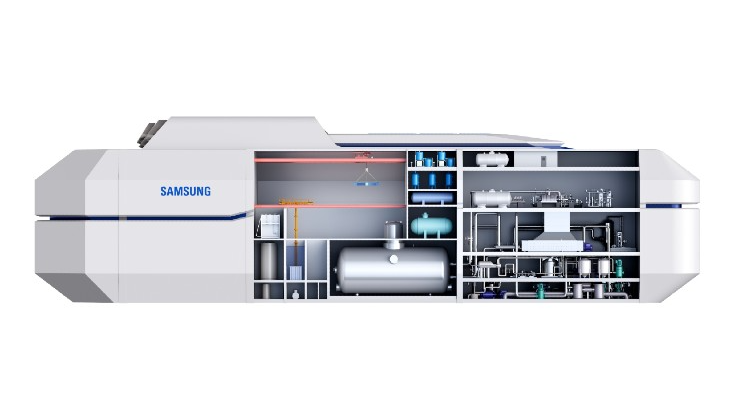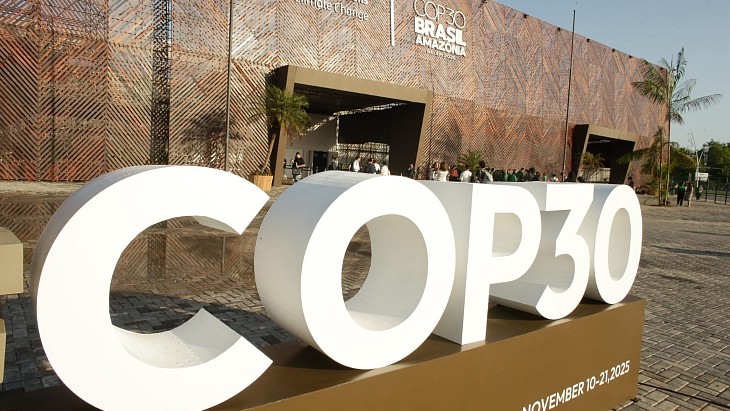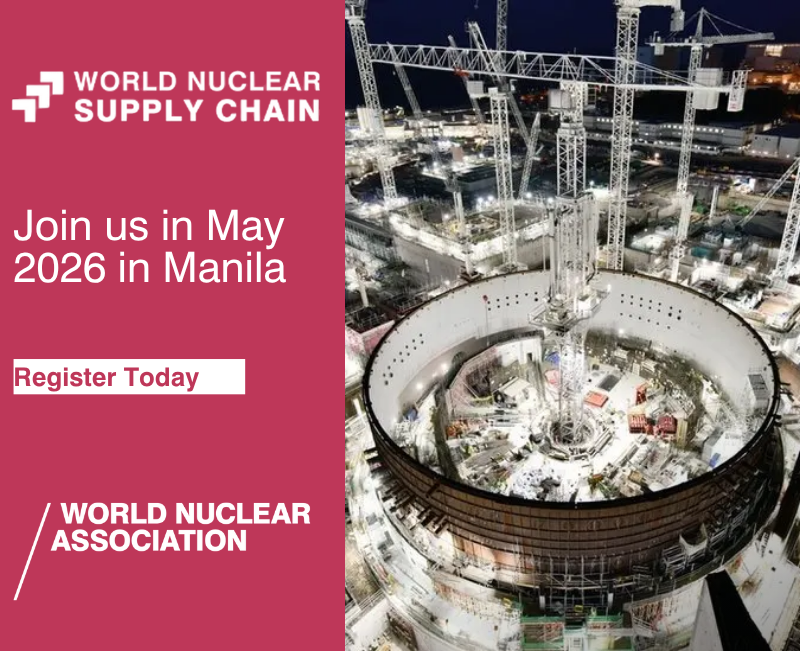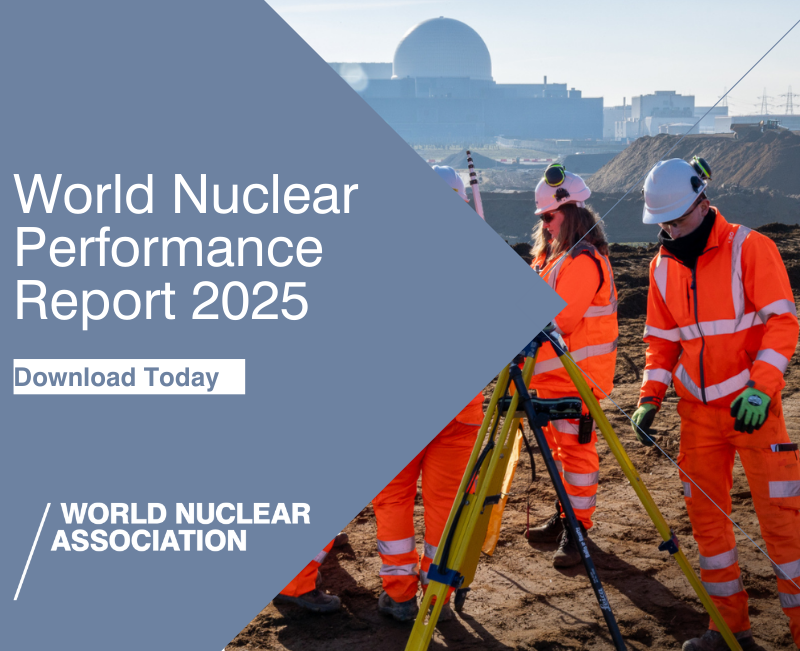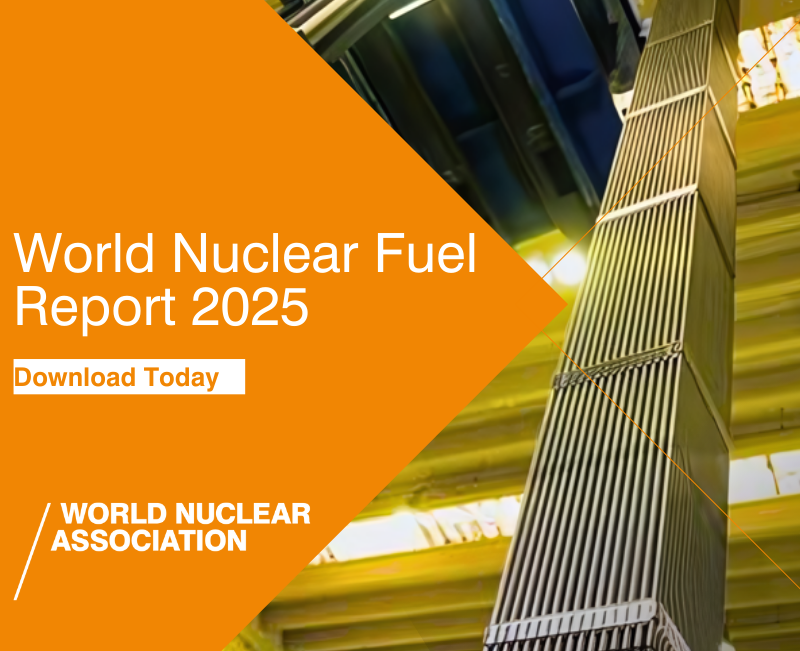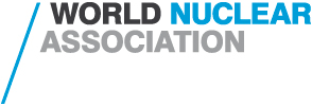California-based nuclear startup company Deep Fission announced its emergence from stealth mode in August 2024. It aims to locate 15 MWe pressurised water reactors about one mile (1.6 km) underground in a 30-inch borehole. The heat is transferred to a steam generator at depth to boil water, and the non-radioactive steam rises rapidly to the surface where a standard steam turbine converts the energy to electricity. It says its reactors are scalable from 15 MWe to 1.5 GWe.
It says that by locating the reactors underground “the surrounding geology provides billions of tonnes of natural shielding and passive containment” and minimises the surface footprint and forecasts a “70-80% overnight installed cost advantage compared to conventional nuclear technologies".
The company says that Letters of Intent have now been signed in each of the three states to pursue joint development projects, with Deep Fission CEO Elizabeth Muller saying: "We’re proud to collaborate with our partners in Texas, Utah, and Kansas. Together, we're laying the groundwork for the next era of nuclear energy in the United States. These projects reflect the urgent demand for reliable, carbon-free baseload power, and we are excited to be part of the solution to fill that need."
Deep Fission is one of the 11 companies selected by the US Department of Energy's Reactor Pilot Programme, which aims to see at least three of them achieve criticality by August 2026.
Meanwhile Deep Isolation, which like Deep Fission was co-founded by Elizabeth Muller and Richard A Muller, has announced a technology licensing agreement with Navarro Research and Engineering, Inc.
The licensing agreement “enables Navarro to leverage Deep Isolation’s patented borehole repository systems and canister technologies for nuclear and hazardous waste management, while ensuring that ownership of all licensed intellectual property, including patents and processes, remains with Deep Isolation”.

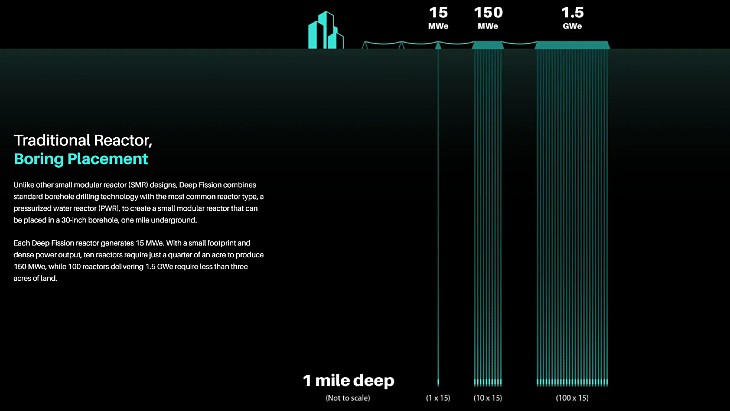



_47120.jpg)
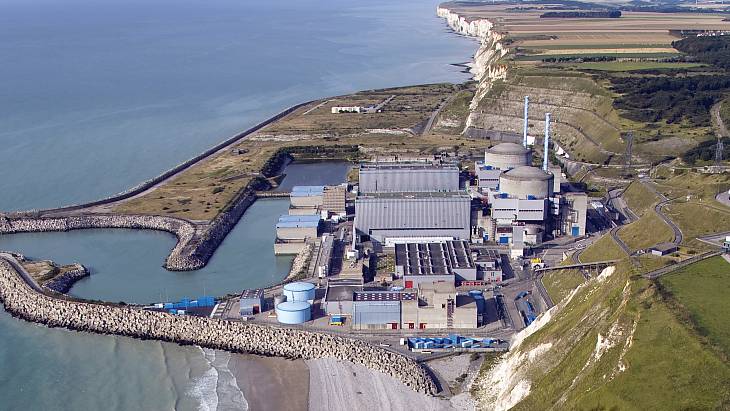
_23621.jpg)
